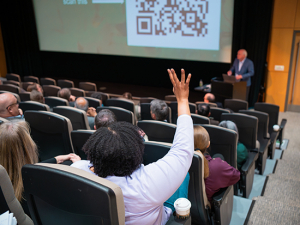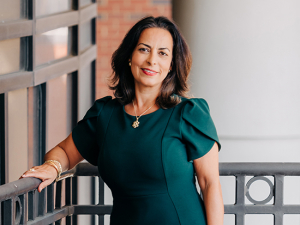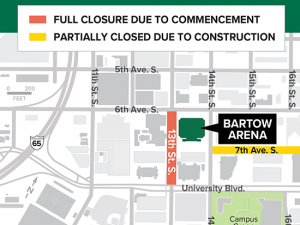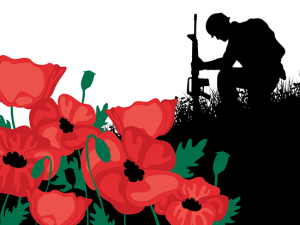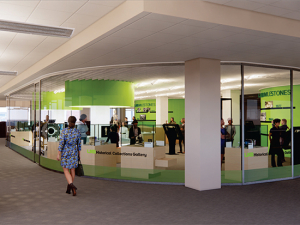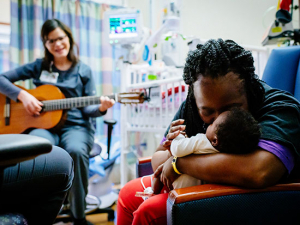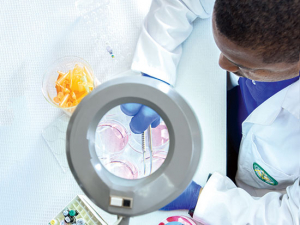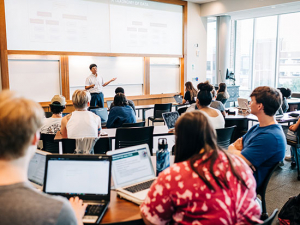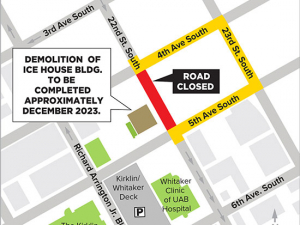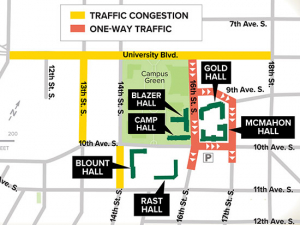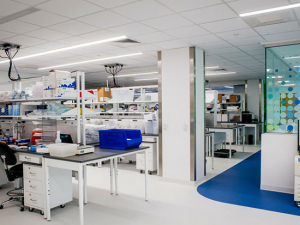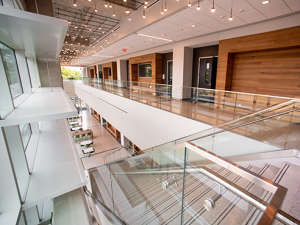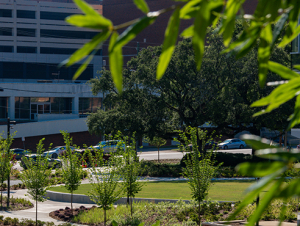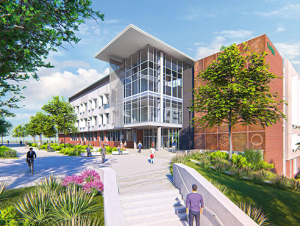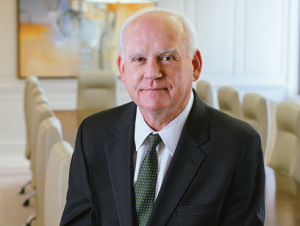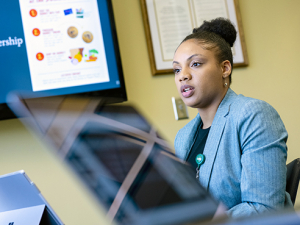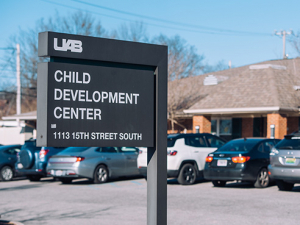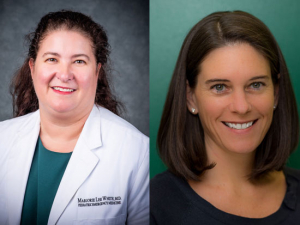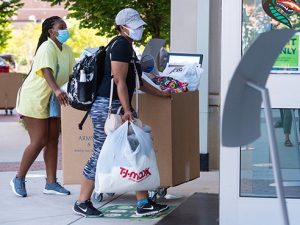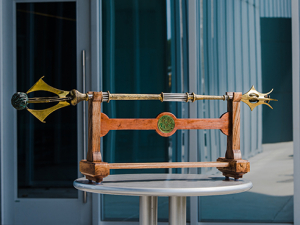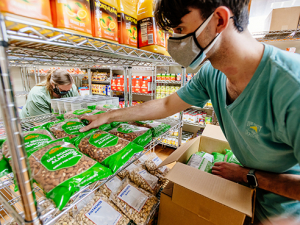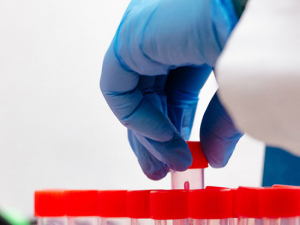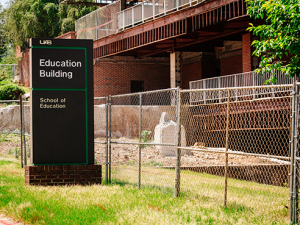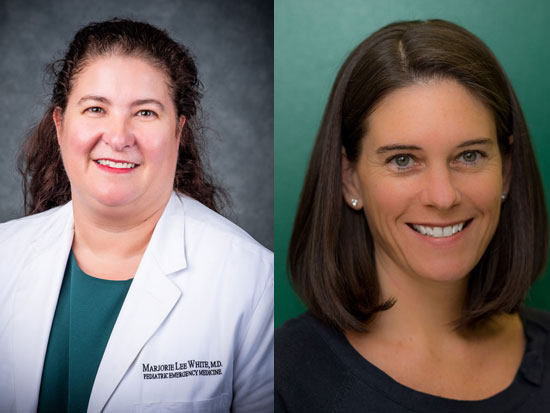 As of July 2022, Marjorie Lee White, M.D. (above left), will lead the UAB Clinical Simulation team for the UAB Health System and Dawn Taylor Peterson, Ph.D. (above right), will lead the Office of Interprofessional Simulation on the academic side of campus.UAB’s internationally accredited simulation program has a national reputation for the high quality and breadth of its simulation offerings, which are known across the country under the trademarked name SimUAB®. Starting with a team of six in 2014, it has become one of the largest simulation teams in the country today, with 26 members and simulation activities taking place in dedicated space in Volker Hall, Jefferson Tower and Quarterback Tower. In a typical year, the team facilitates more than 25,000 learner hours of simulation.
As of July 2022, Marjorie Lee White, M.D. (above left), will lead the UAB Clinical Simulation team for the UAB Health System and Dawn Taylor Peterson, Ph.D. (above right), will lead the Office of Interprofessional Simulation on the academic side of campus.UAB’s internationally accredited simulation program has a national reputation for the high quality and breadth of its simulation offerings, which are known across the country under the trademarked name SimUAB®. Starting with a team of six in 2014, it has become one of the largest simulation teams in the country today, with 26 members and simulation activities taking place in dedicated space in Volker Hall, Jefferson Tower and Quarterback Tower. In a typical year, the team facilitates more than 25,000 learner hours of simulation.
There is much more potential for growth both in the Health System and on UAB’s academic campus, leaders say — both as a response to the pandemic and as simulation is increasingly being used as an important educational tool. To enable this expansion, the existing simulation program will restructure into two separate teams over the upcoming months. As of July 2022, Marjorie Lee White, M.D., will lead the UAB Clinical Simulation team for the UAB Health System, while Dawn Taylor Peterson, Ph.D., will lead the Office of Interprofessional Simulation on the academic side of campus. Both OIPS and Clinical Simulation will continue to contribute to the development of the SimUAB® brand, and both teams will continue to offer its trademarked facilitator development courses and unique educational offerings such as the Poverty Simulation and the Opioid Simulation.
Clinical Simulation will focus on meeting the simulation needs in the UAB Health System and across the hospitals and health facilities of the UAB Health System/Ascension St. Vincent’s Alliance, says White, who is vice president for UAB Clinical Simulation. These efforts include the new Mobile Simulation Lab, which will bring the latest training to practitioners around the state, especially in rural areas in a partnership with the Alabama Rural Health Collaborative. Clinical Simulation will manage the Center for Patient Safety and Advanced Medical Simulation in Quarterback Tower and the Procedural Skills Center in Jefferson Tower.
“The academic side of UAB is becoming more interested in simulation as a means of educating our students, particularly in the professional schools. When accrediting bodies visit our schools, they look favorably on creative simulation exercises. We think there is very significant growth potential there, including with virtual reality technology, to deliver entirely new educational experiences to our students.”
— Provost Pam Benoit, Ph.D.
“Simulation is essential for individuals, teams and health care systems to develop and maintain high-quality patient care delivery and health outcomes,” White said. “We are looking forward to meeting the critical training needs of UAB caregivers and our Alliance partners throughout the state. This is a defining moment in the development of simulation in health care, and we will continue to help set the standard here at UAB and across Alabama.”
OIPS will focus on creating new simulation courses that help meet the needs of students, faculty and staff on campus. “Building relationships and fostering interprofessional collaboration is going to be key to our success,” Peterson said. OIPS will primarily use Volker Hall for its academic simulations. Plans are currently underway for the Volker Hall Simulation Sandbox to undergo a facelift in order to make the space more suitable for the types of simulations that will be conducted and to allow for growth. OIPS is one of three offices in the UAB Center for Interprofessional Education and Simulation. Peterson and OIPS will work closely with the Office of Standardized Patient Education, directed by Shawn Galin, Ph.D., and the Office of Interprofessional Curriculum, directed by Allison Shorten, Ph.D., R.N., which remain separate and critical components of CIPES.
“We are increasingly seeing changes in accreditation programs across our schools that require interprofessional competencies,” Peterson said. “One way to meet these competencies is through high-quality interprofessional simulation activities. Allison, Shawn and I strongly believe in demonstrating value to our campus stakeholders by helping them meet their accreditation requirements.”
Exciting opportunities in education
“Simulation is a major resource for front-line health care providers, and it is only going to become more important in educating practitioners in the future — physicians, nurses and advanced practice providers.”
— Loring W. Rue, III, M.D., Chief Quality Officer for UAB Health System
“There are exciting new opportunities for the role of simulation in the education of our students,” said Provost Pam Benoit, Ph.D. “The academic side of UAB is becoming more interested in simulation as a means of educating our students, particularly in the professional schools. When accrediting bodies visit our schools, they look favorably on creative simulation exercises. We think there is very significant growth potential there, including with virtual reality technology, to deliver entirely new educational experiences to our students.”
Simulation has also grown in importance in response to the pandemic, Benoit noted: “If we are going to have fewer opportunities for in-person experiences for our students to learn, that means we have to continue to find creative uses for simulation. Our health-related schools want to provide patient-related simulation, but in all areas we want to make sure that our students understand what it is like to live in all parts of our community.” One intriguing development during the pandemic was “the virtual Poverty Simulation course that Dr. Peterson developed,” Benoit said. “This is a valuable learning opportunity for all students — whether they are majoring in social work, public health or medicine — to live through what it is like to live on a limited income. Simulation is frankly the only way to get that experience. You can’t ask a student to go out and live with a very low income for a month; but when they do that through simulation, research shows that they can empathize better with their clients or colleagues.”
Simulation: Major resource for front-line providers
“The value of simulation for our clinical enterprise at UAB was highlighted with training we conducted for staff following the Ebola outbreak in 2014,” said Loring W. Rue, III, M.D., chief quality officer for UAB Health System and senior vice president for Physician Integration for the UAB Ascension St. Vincent’s Alliance. “But with the pandemic, simulation took on an even more important role. Until the vaccines were developed, our front-line health care workers were putting their lives on the line with only their personal protective equipment standing between them and infection. The role of simulation in training them in how to put this often-unfamiliar equipment on and off safely and correctly was crucial. Simulation was also involved in refining the details of how our COVID-19 testing facilities would function and then did the same for the rollout of the vaccines. Simulation is a major resource for front-line health care providers, and it is only going to become more important in educating practitioners in the future — physicians, nurses and advanced practice providers.”
